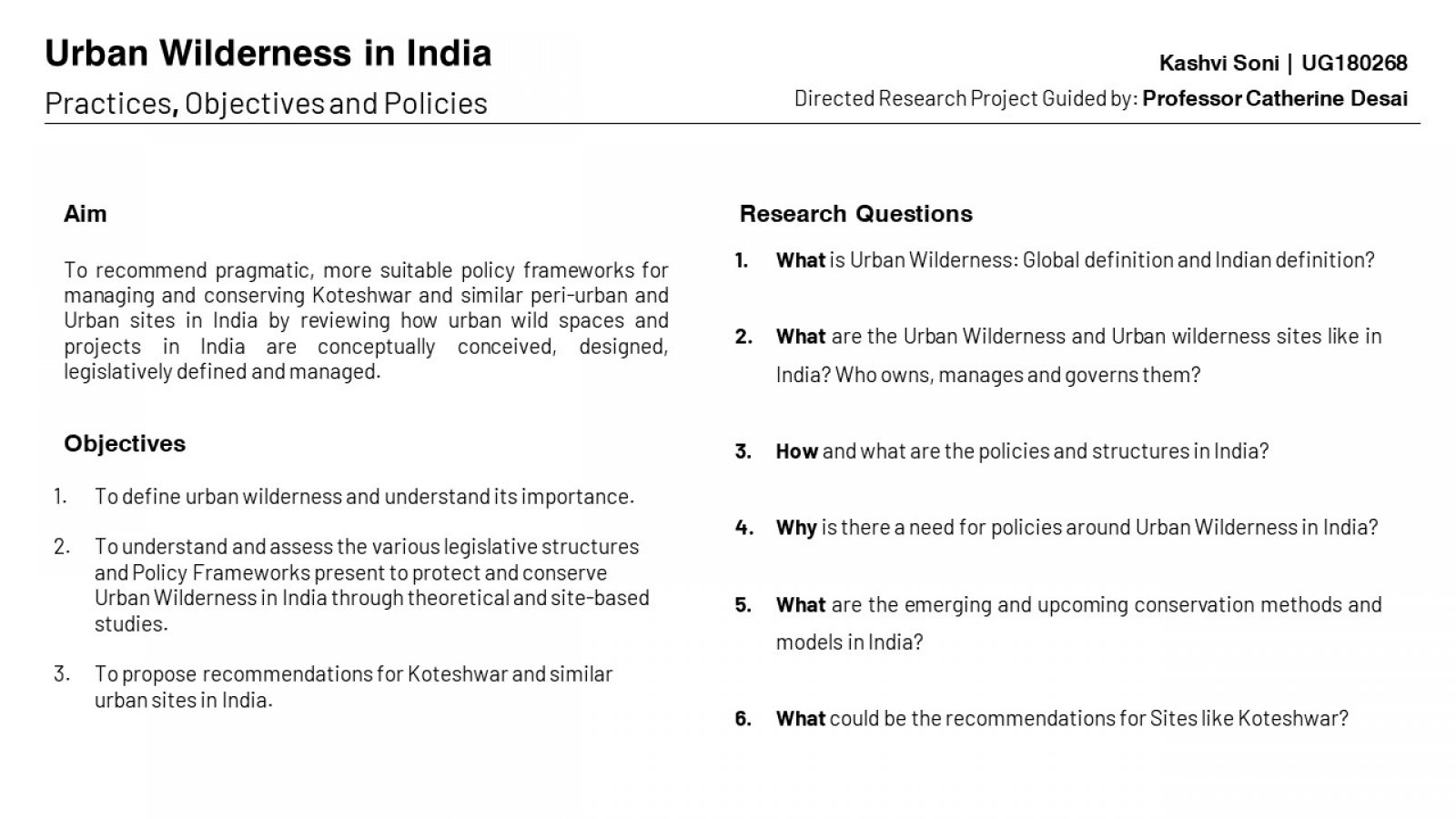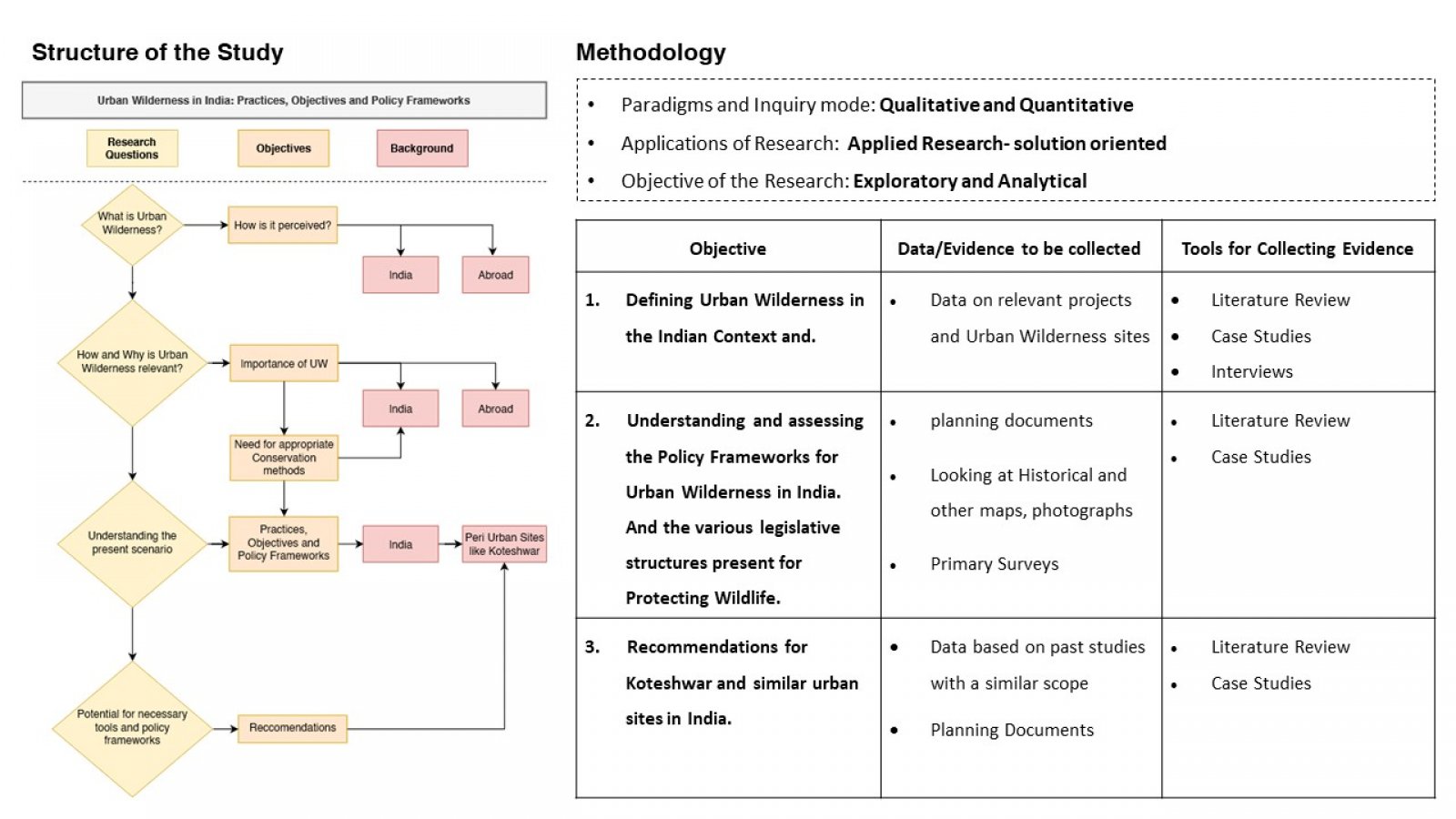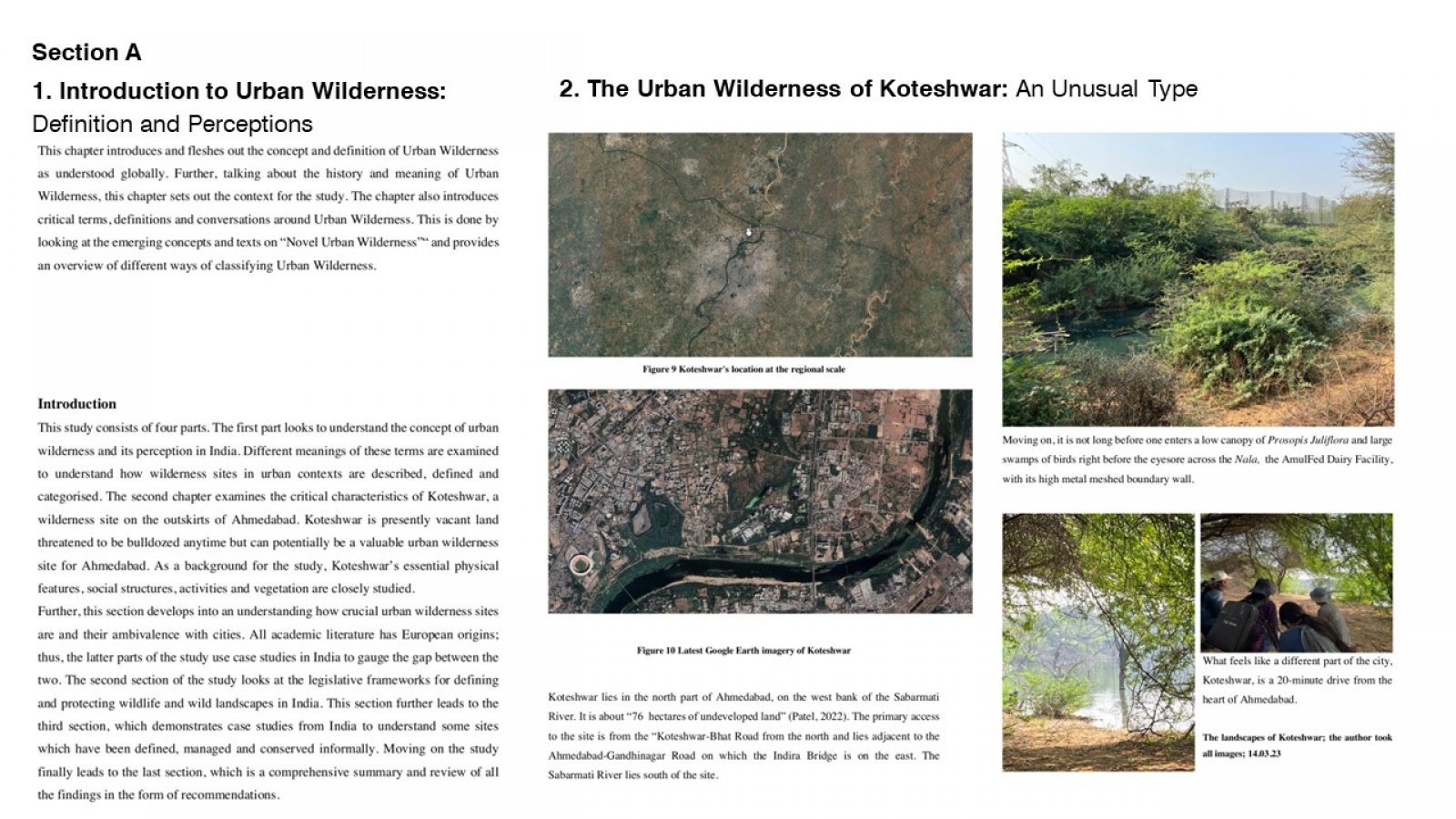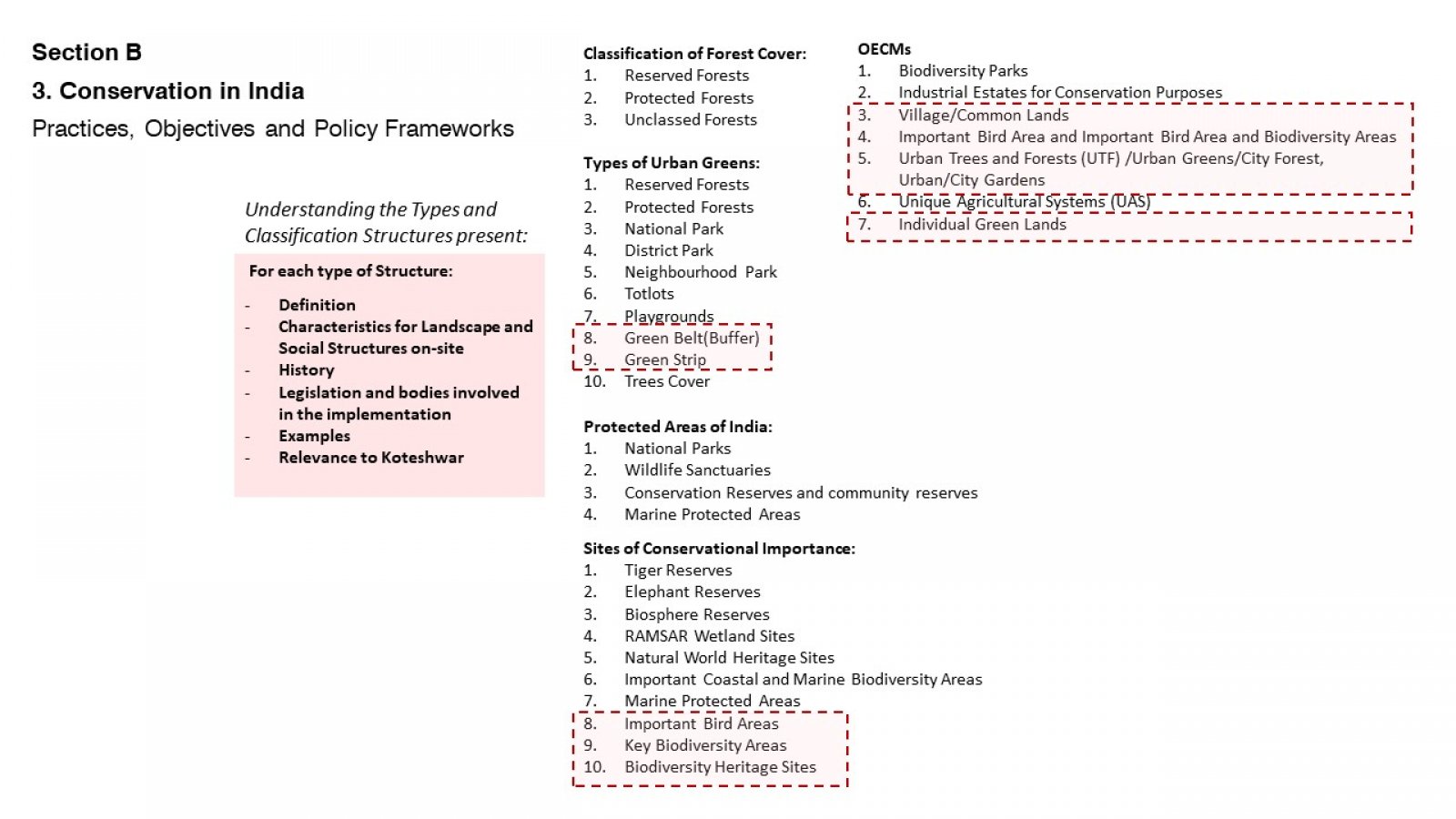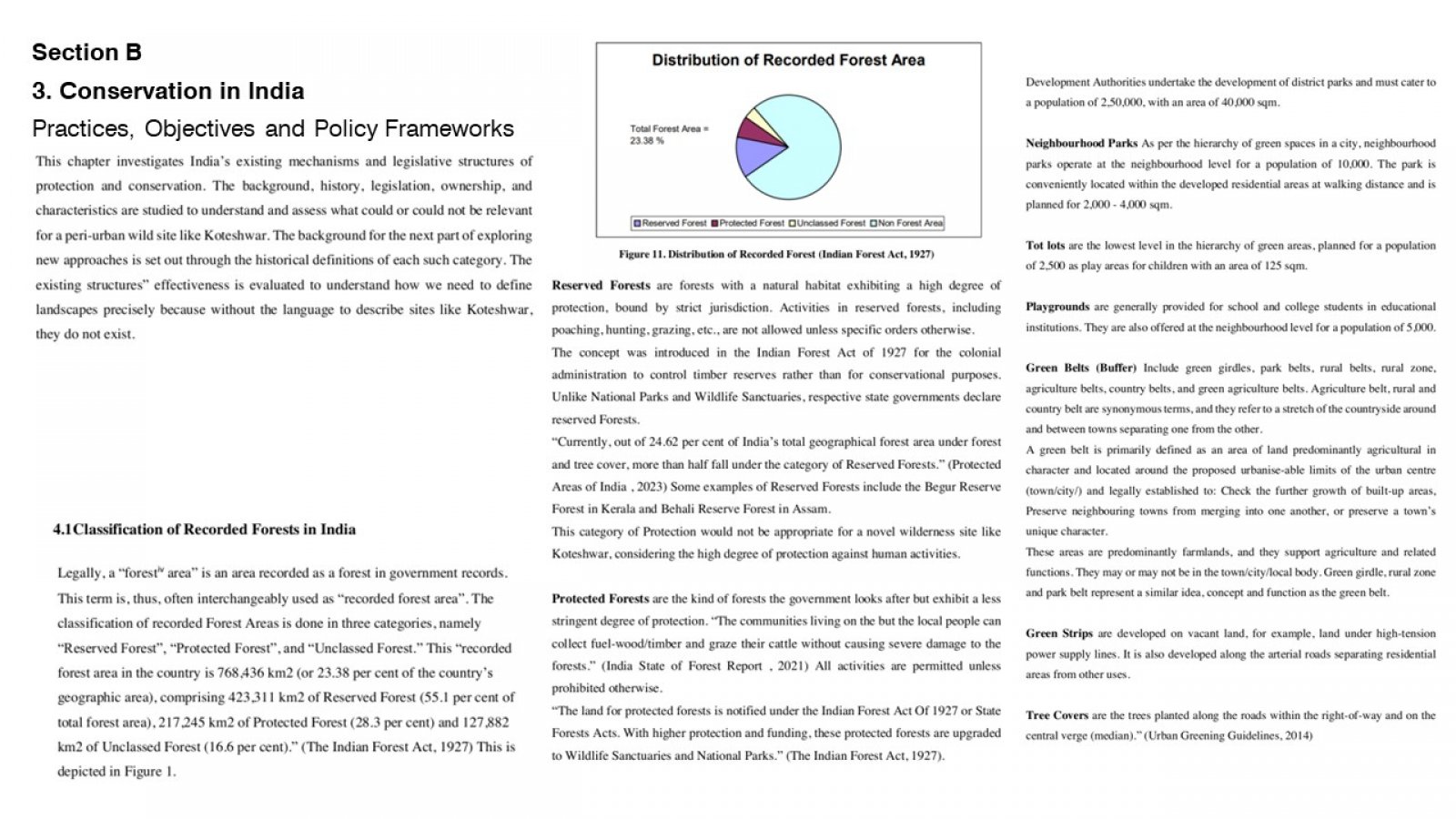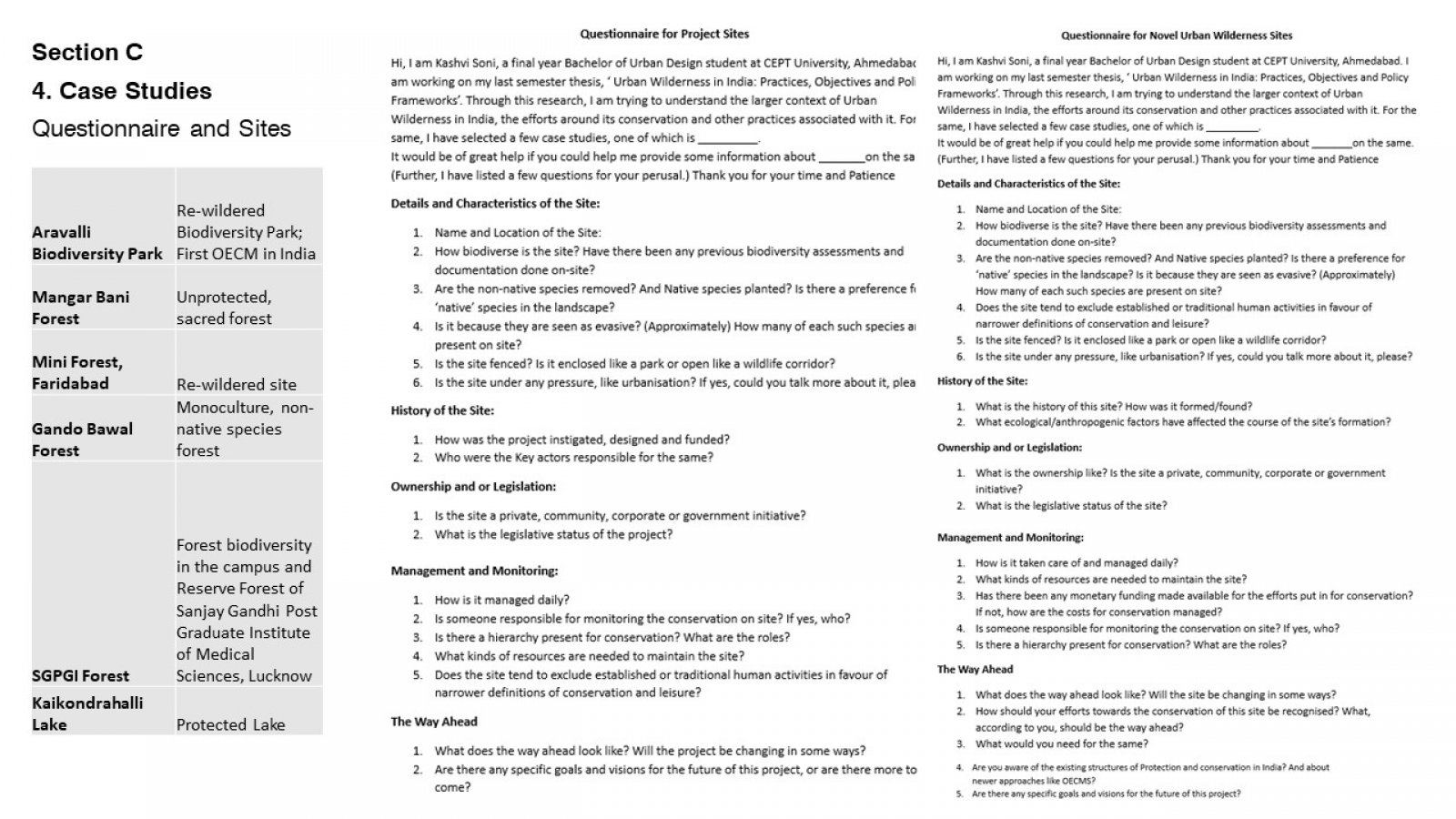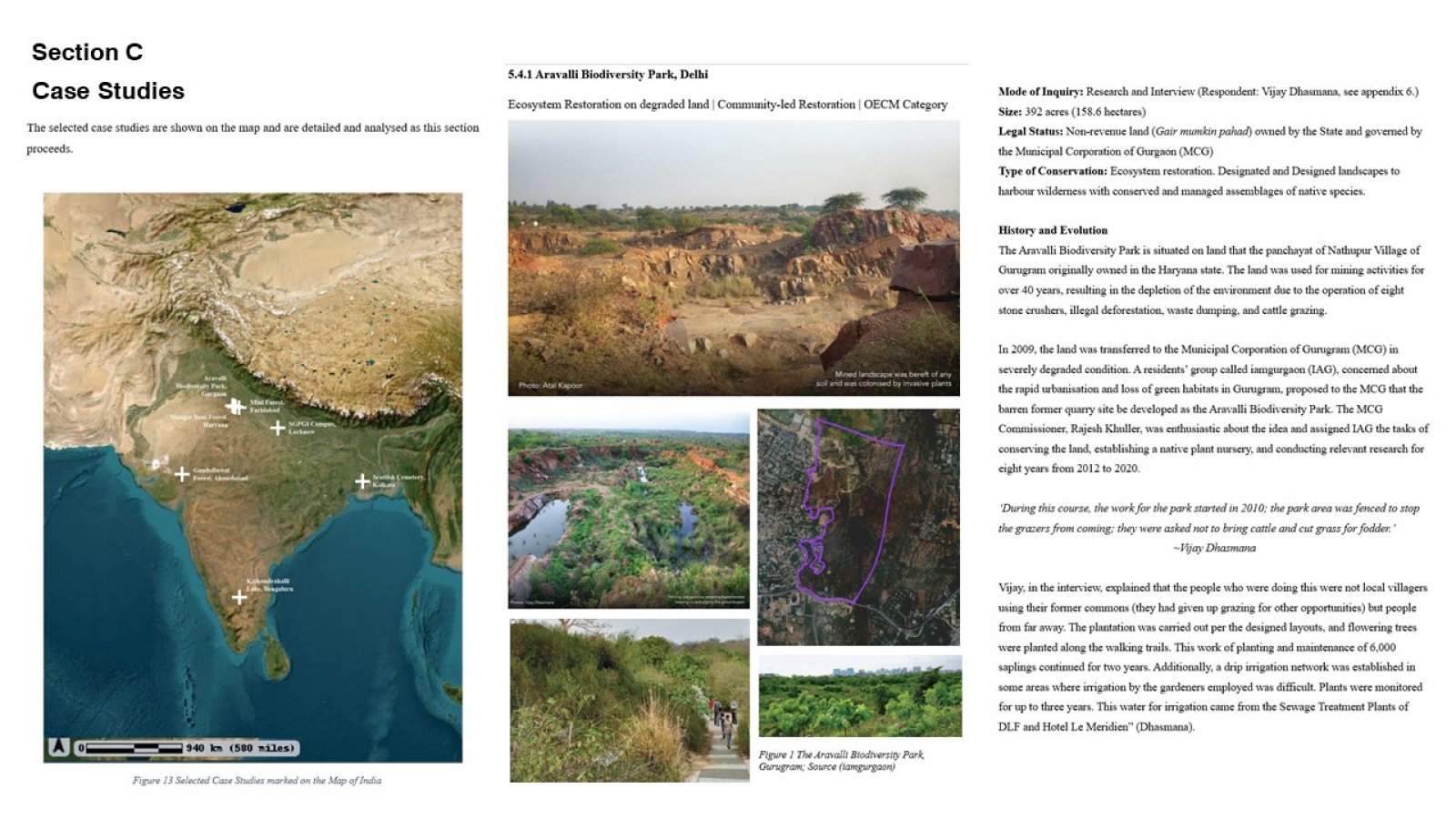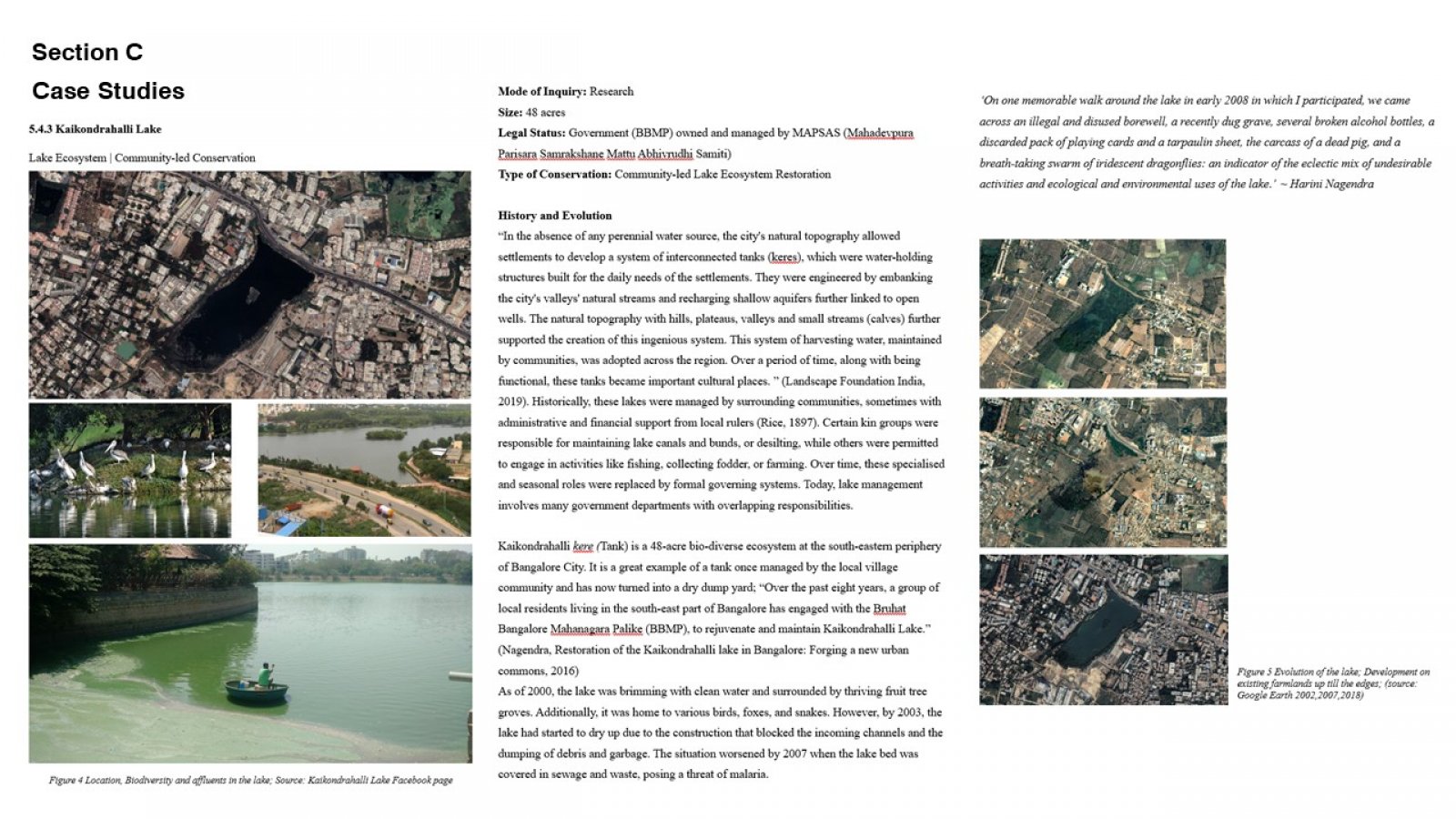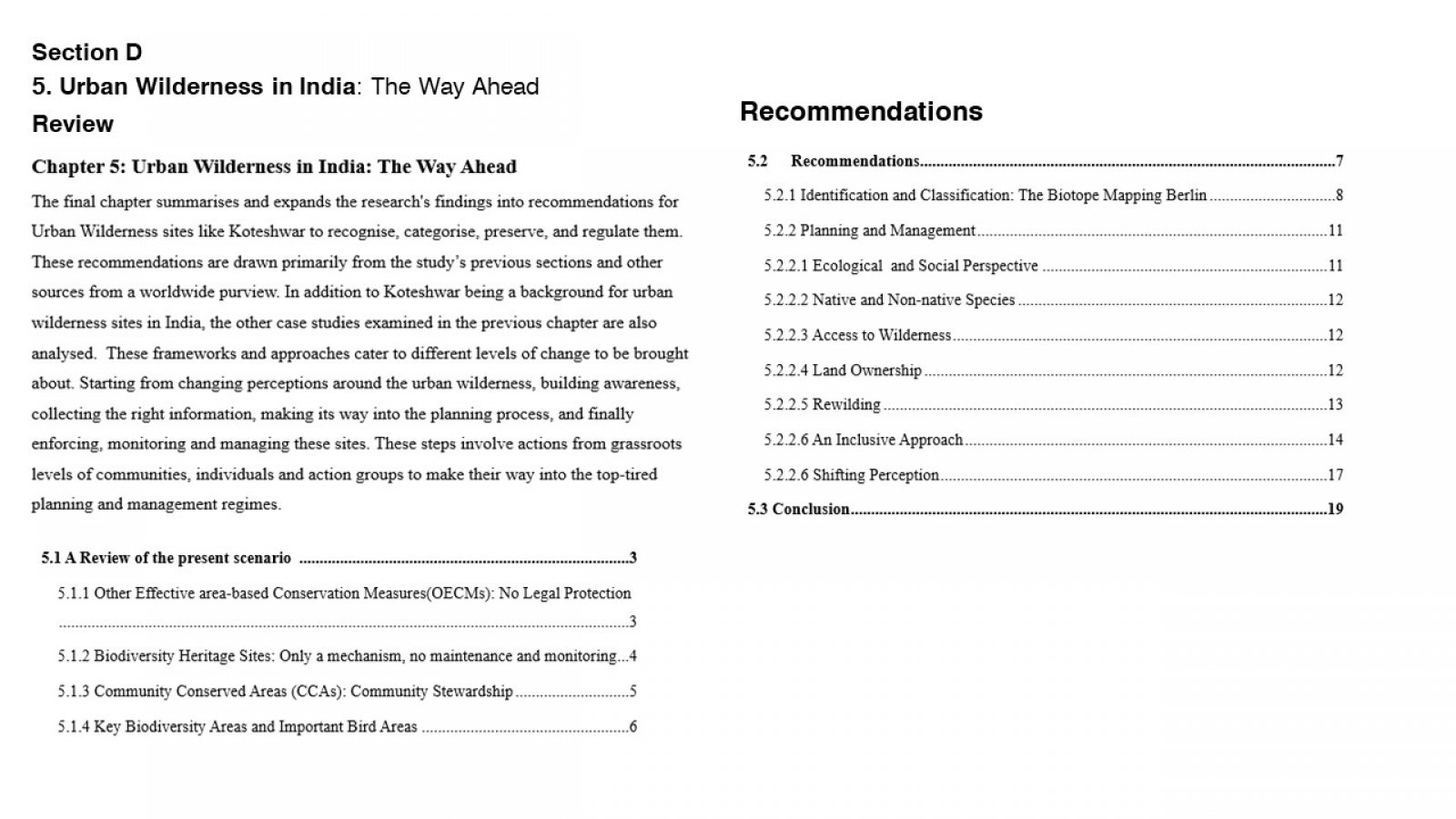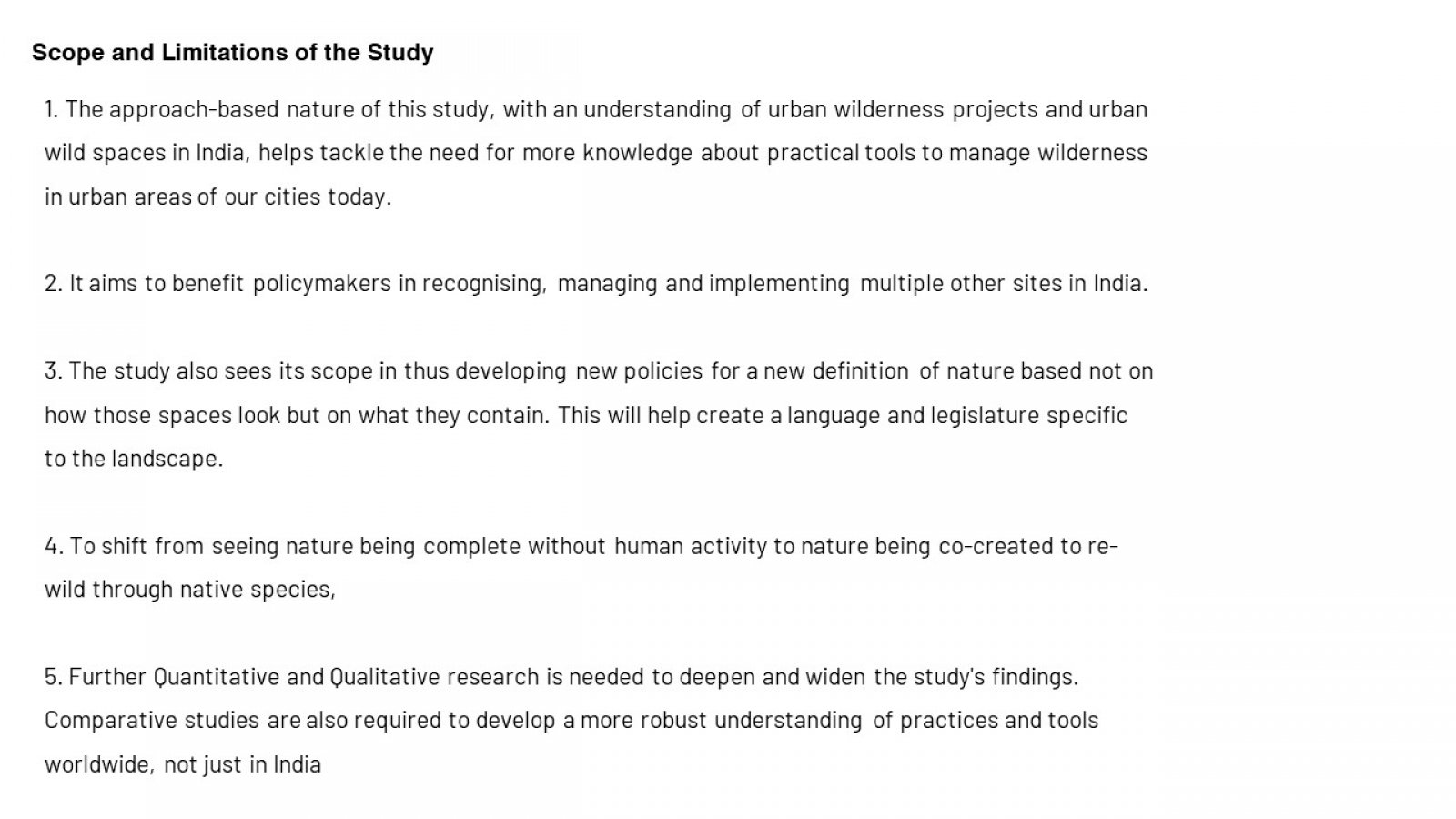Your browser is out-of-date!
For a richer surfing experience on our website, please update your browser. Update my browser now!
For a richer surfing experience on our website, please update your browser. Update my browser now!
Urban Wilderness in India: Objectives, Practices and Policies
The DRP documents and assesses the case studies of Urban Wilderness Projects and Urban Wild Sites in India. Through this, the research aims to understand the characteristics and policy frameworks around India's Urban 'Wild'. This study will support an ongoing investigation into the urban wilderness site of Koteshwar in Ahmedabad. Koteshwar is a rapidly transforming 'novel' wilderness landscape in a peri-urban location in Ahmedabad. This kind of urban Wilderness has already been acknowledged in Europe. It has little currency in Indian ecological or planning discourses, which prefer native species and often see human activities as problematic for conservation. Case studies representing different regulatory structures related to urban green and wild spaces are selected in this research project. Interviews will be conducted to record differing attitudes and approaches to these sites. The studies reveal that apart from the state-governed protected areas, Urban Wilderness Projects and sites that support rich biodiversity in India are often neglected, cut off and do not safeguard biodiversity. These areas could sustain livelihoods and nature when managed effectively by local actors. The study further identifies, demonstrates, and reviews critical tools, like OECM (Other effective area-based conservation measures), the Biodiversity Heritage Site Tag, etc. These findings are then utilised to propose models and guidelines to assist in regularising Urban Wilderness sites like Koteshwar.
